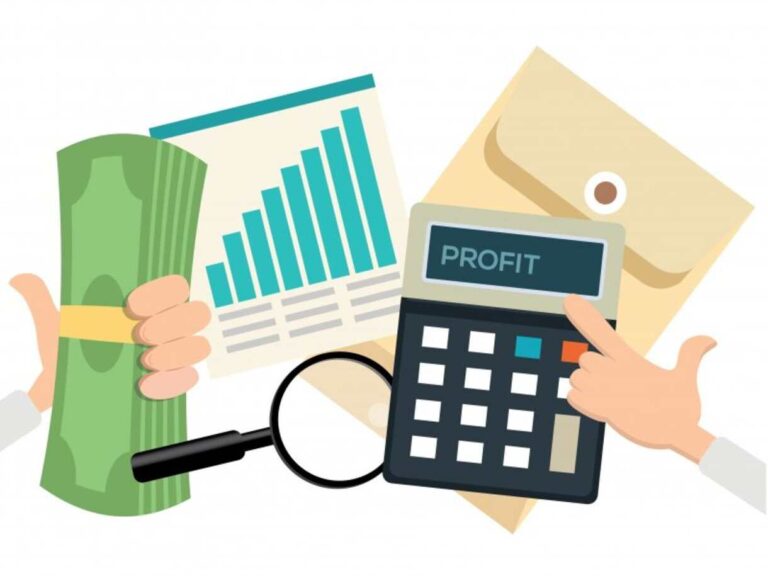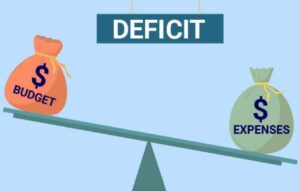Synthetic CDO: Meaning, how it works, pros and cons

The world has become a global spin for increased productivity among the biggest corporations. Businesses strive to offer varying revenue-generating options to high-net-worth individuals as well as some investment companies with huge funds. Most of the time these investments come with various risks that affect the general nature of the transaction, or at the very least, the transaction’s coupon rates payable.
A perfect income-offering finance investment scheme would be the synthetic collateralized debt obligations or simply the synthetic CDO. This article offers all there is to know about synthetic CDO and how it aids businesses and investments in general.
What are Synthetic CDOs?
Before we define the synthetic CDO, it’s best the general meaning of collateralized debt obligations is understood. CDOs are an investment in financial products with the asset or the loan backed as collateral to the transaction. The CDO deals in cash-flow-generating assets from mortgages to bonds, notes and others.
Synthetic collateralized debt obligations or synthetic CDO on the other hand is largely similar to the conventional CDO, nonetheless, the synthetic CDO allows for the investment in non-cash generating assets. Investors can leverage this financial product offering to provide a fixed-income generating structure for themselves as compared to the one-off investment style of collateralized debt obligations.
Therefore, a working definition for the synthetic CDO is a form of financing where investors purchase non-cash generating assets backed by a fixed-income generating asset security. Examples of non-cash assets include insurance contracts, swaps, options, stocks, lands, cryptocurrencies and others.
How do synthetic CDOs work?
Synthetic CDOs are designed to offer a continuous and fixed yield to investors in the long run. Unlike conventional CDOs, which offer investors cash assets from the CDOs tranche, the synthetic CDO offers non-cash but fixed assets that generate more income for investors.
The synthetic CDOs generate income through the payment made from the underlying asset of the CDO, for instance in an insurance contract, the premium would be the basis of income to the investor in a synthetic CDO, while in the credit default on swaps would be the income made from swaps in a CDO.
Just as conventional CDOs, the synthetic CDOs are grouped into tranches, and the risk factors as it relates to the CDOs’ credit is a determinant to be classified in a particular tranche. Under synthetic CDOs and arguably all CDOs, three tranches are most common in use, the Equity tranche which is the lowest and highest risk tranche in the group, the mezzanine tranche which is the middle risk yielding tranche in the group and the senior tranche which offers lower risk to the investor. Each task is classified according to their credit rating and the possibility of their returns in the future.
The above explanation invariably means that a senior tranche would ordinarily hold greater credit ratings, and offer higher coupons, thereby increasing the returns to the investors. The synthetic CDOs are making a comeback after their role in the great recession that caused a fall in the American mortgage market. Investors and banks relied on the synthetic CDO for trades and sold interests in the real estate markets with the rents payable as non-cash income-generating assets. This fall led to a decline in the use of synthetic CDOs among banks all over the world. Nonetheless, following the post-pandemic era, more banks have opted to use synthetic CDOs to reduce the volatility of their balance sheet.
Difference between the synthetic CDOs and the conventional CDOs
Largely both concepts are very similar and could be mistaken for one other. Nonetheless, there exist two broad differences between the two concepts, these differences are highlighted below:
1. The nature of the sale
This is by far the most significant difference between the two concepts. The nature of the sale is the actual finance product that is sold to the investor. Under the synthetic CDO the investors are offered products holding a non-cash generating asset value to purchase, these products as the name implies do not generate cash income but in their natural course but generate a form of income through their daily trading activity.
For instance, options contracts do not offer a cash asset structure as a bond would have; on the other hand, options would offer an eventual sale or purchase of the underlying asset, which would invariably offer income to the investor.
2. The nature of the income
The income under the synthetic CDO is fixed, whereas the income under the conventional CDO isn’t fixed. Conventional CDO offers continuous cash income from the CDO; for instance, if the transaction is a mortgage-backed transaction under a CDO scheme, the mortgages payable on the property are not a fixed income, it is rather a continuous income that has an end date.
Unlike, the synthetic CDO, the income comes continuously and is payable in a single period.
Pros and Cons of the synthetic CDOs
Pros of the synthetic CDOs
- It allows the bank to reduce its balance sheet: The bank or lending company can reduce its balance sheet without having to let go of customers’ loans from their accounts to an investor.
- It offers a fixed income: the fixed income offered by the synthetic CDO can be used as a friend to investors. This feature is what usually attracts investors, especially investors willing to maintain leverage on investment in the market for a continuous period.
Cons of the synthetic CDO
- It is highly complex: the synthetic CDO is a highly complex concept transaction. When compared to the conventional CDO, the complexity is even greater than before expected.
- Dangerous if misused: Synthetic CDO can be highly dangerous if misused. For instance, the subprime mortgage crisis was an immediate cause of the misuse of the synthetic CDO.
Investors have continuously sourced a massive boost to their income while having little or no direct impact on the market. The synthetic CDO offers this option with increased gains.
Don't miss a thing. Follow us on Telegram and Follow us on WhatsApp. If you love videos then also Subscribe to our YouTube Channel. We are on Twitter as MakeMoneyDotNG.





